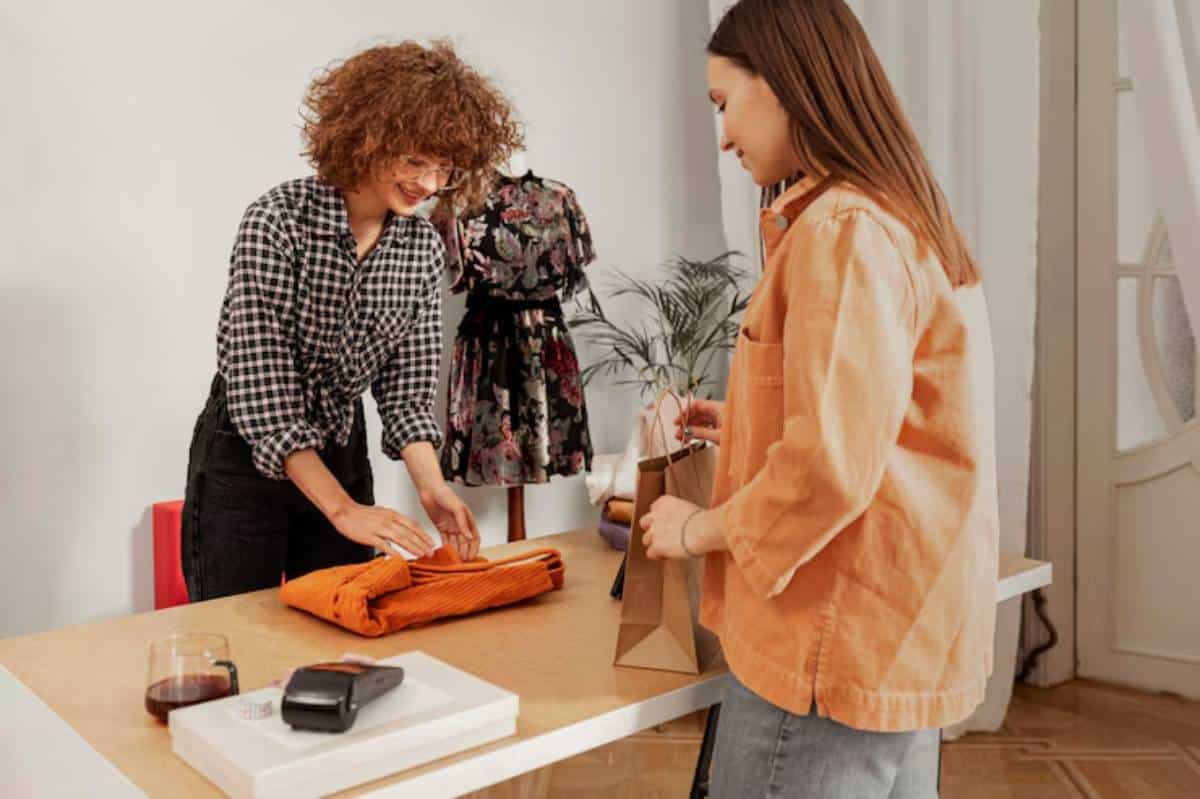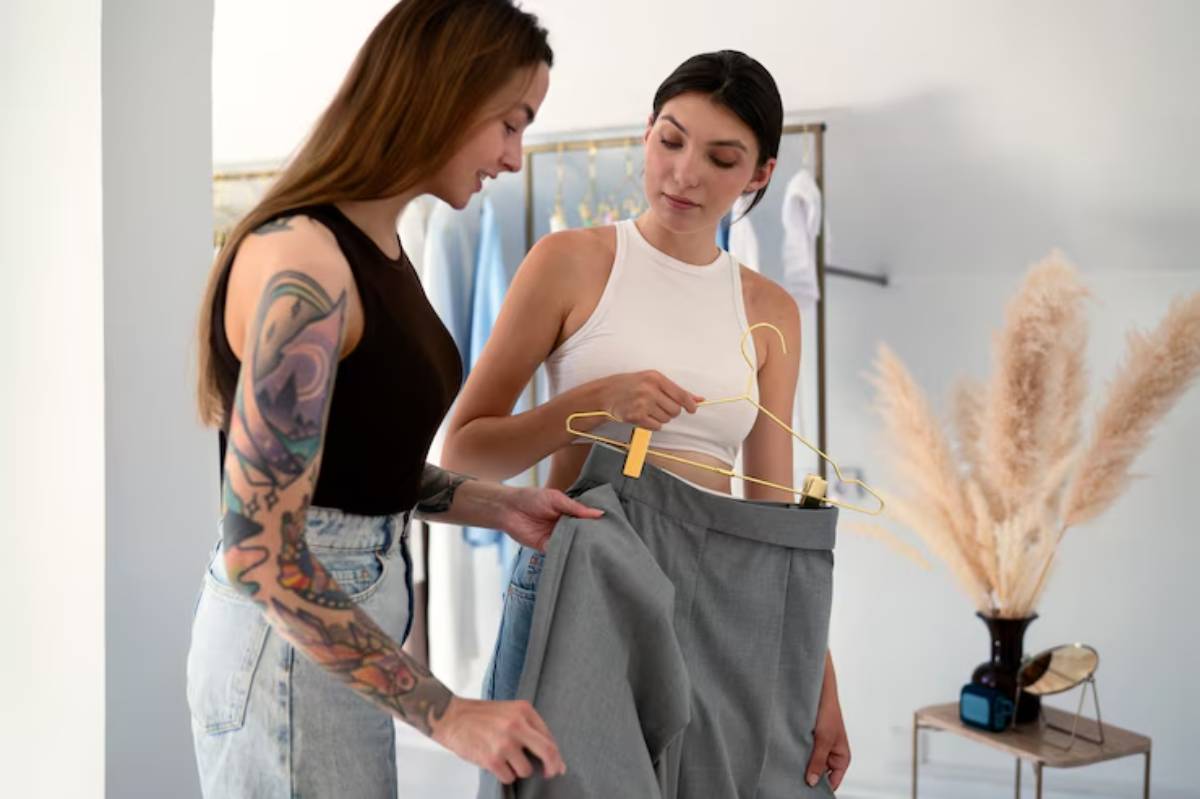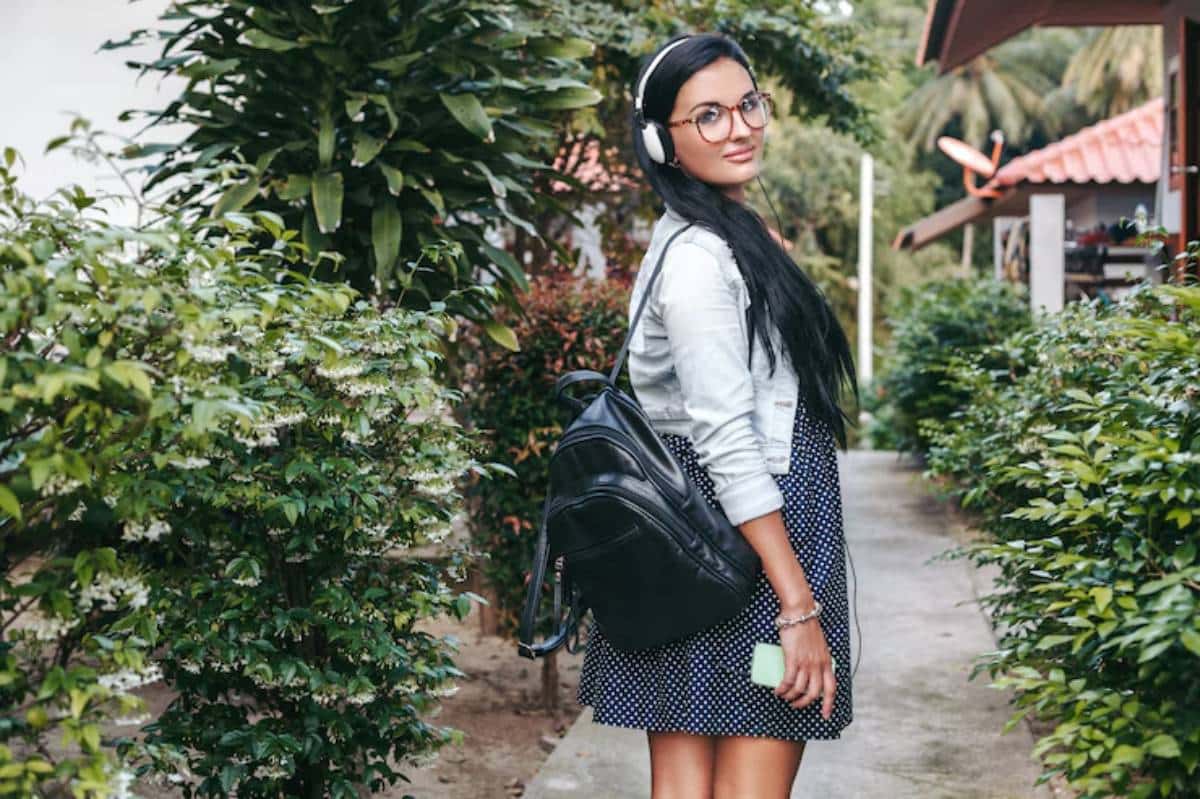
School Outfits That Are Stylish and Sustainable
When the new school year rolls around, many parents face the same seasonal dilemma:
how to dress their children for school in a way that balances style, practicality, and ethics. Fast fashion might offer cheap and trendy options, but it often comes at a cost, both to the environment and the people who make the clothes. That’s where back-to-school green clothes come in.
Choosing kids’ sustainable outfits doesn’t mean sacrificing personality or spending a fortune. In fact, more brands are making it easier than ever to dress your little ones in clothes that look great, feel comfortable, and tread lightly on the planet.
This blog explores how you can build an eco-conscious school wardrobe that ticks all the boxes:
affordability, durability, and flair. From everyday uniforms to accessories and seasonal layers, we’ll show you how to make better choices and involve your children in the process. Get ready to transform your approach to school fashion—without losing the fun.
Why Sustainability Belongs in the Classroom (and the Wardrobe)
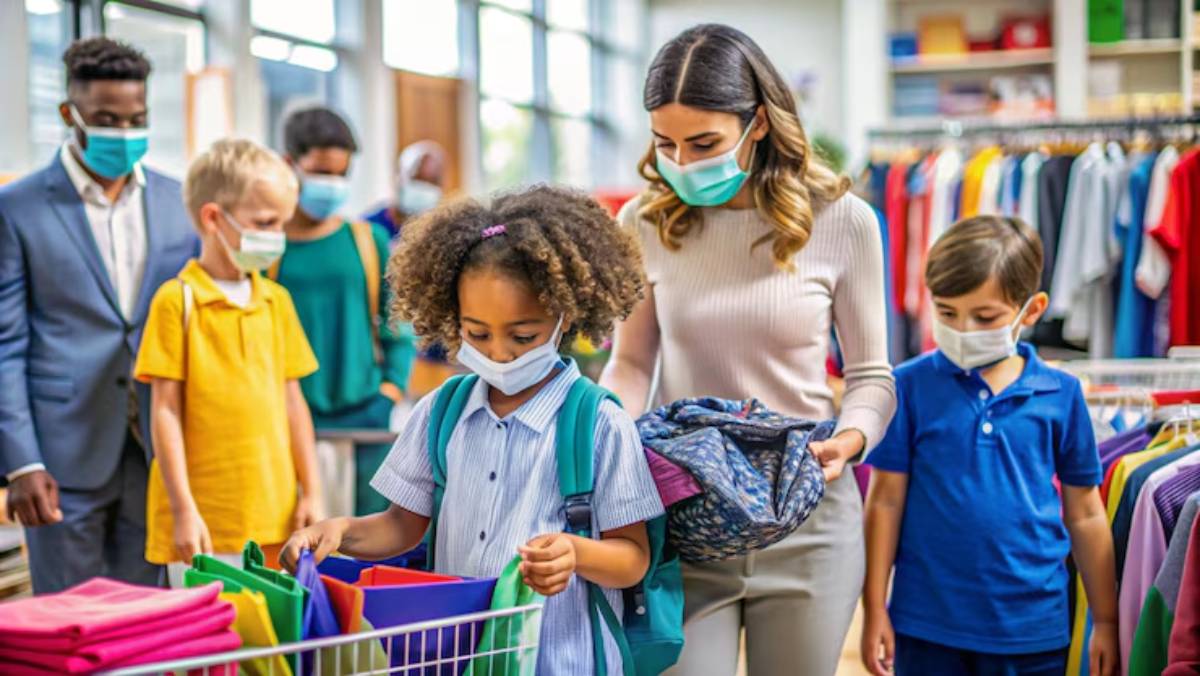
The Impact of School Clothing Waste
Let’s face it—children go through clothes at lightning speed. Growth spurts, playground tumbles, and ever-changing preferences mean garments are quickly outgrown or discarded. In the UK alone, over 300,000 tonnes of textiles are thrown away each year, with a significant portion coming from children’s wardrobes.
Opting for school fashion eco choices means less waste, longer-lasting wear, and a valuable lesson in conscious consumption.
Teaching Through Wearing
When children wear sustainable clothes, they’re not just keeping warm or looking smart—they’re learning about values.
Wearing eco-friendly items can open up conversations around:
- Fair labour practices
- Natural and recycled materials
- Caring for the planet
- Quality over quantity
You might be surprised how receptive even young children are to these ideas when they’re presented in a relatable, hands-on way.
What Makes a School Outfit Sustainable?
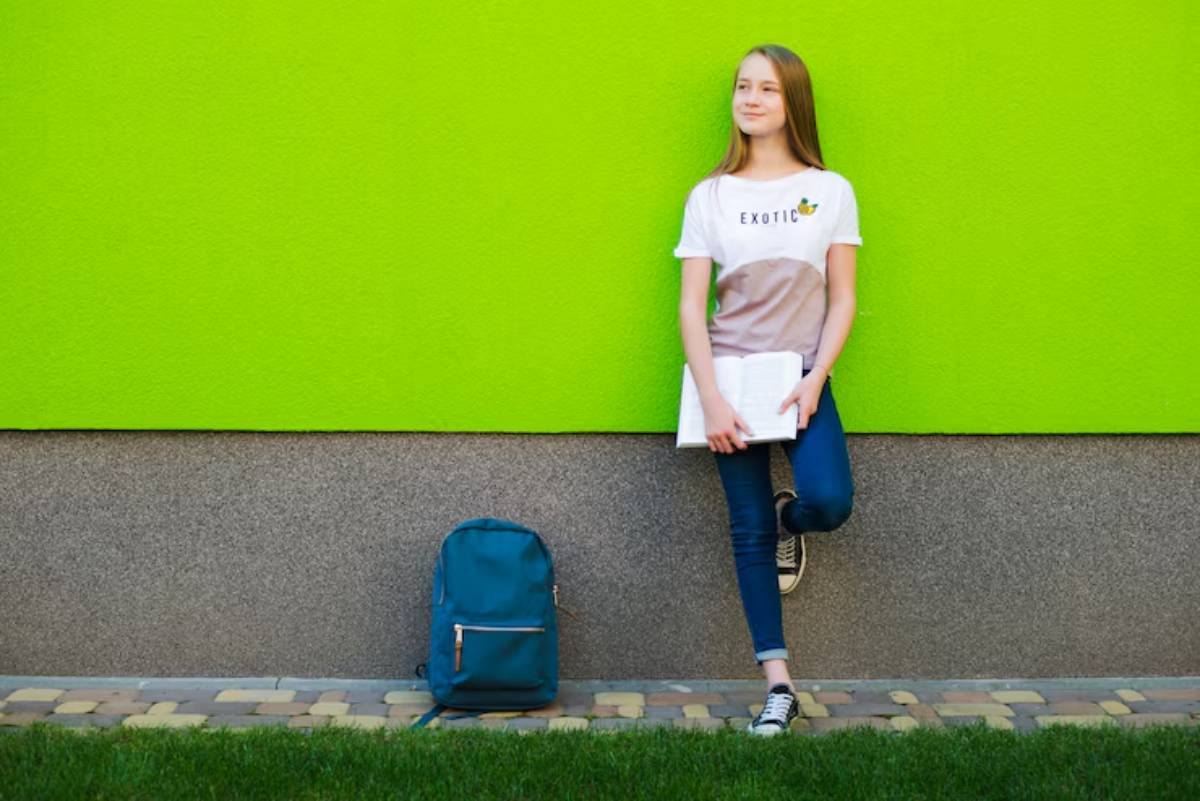
Sustainability in fashion isn’t about perfection—it’s about progress and intention.
Here’s what to look for when shopping for kids’ sustainable outfits:
1. Eco-Friendly Materials
Choose clothing made from:
- Organic cotton – grown without harmful chemicals
- Recycled polyester – gives plastic waste new life
- Bamboo – soft, breathable, and renewable
- Linen or hemp – naturally durable and biodegradable
Make sure these are certified by recognised standards such as GOTS (Global Organic Textile Standard) or OEKO-TEX for added peace of mind.
2. Ethical Production
Look for brands that provide information on:
- Factory working conditions
- Living wages
- Transparent supply chains
Fairtrade certifications or B Corp status can be indicators of ethical business practices.
3. Durability and Versatility
Children’s school clothes should be able to withstand rough play, spills, and multiple washes.
Focus on:
- Reinforced seams
- Adjustable fits (especially for trousers and skirts)
- Neutral or mixable colours for easy styling
The longer an outfit lasts, the more sustainable it becomes.
Sustainable Outfit Ideas for the School Year
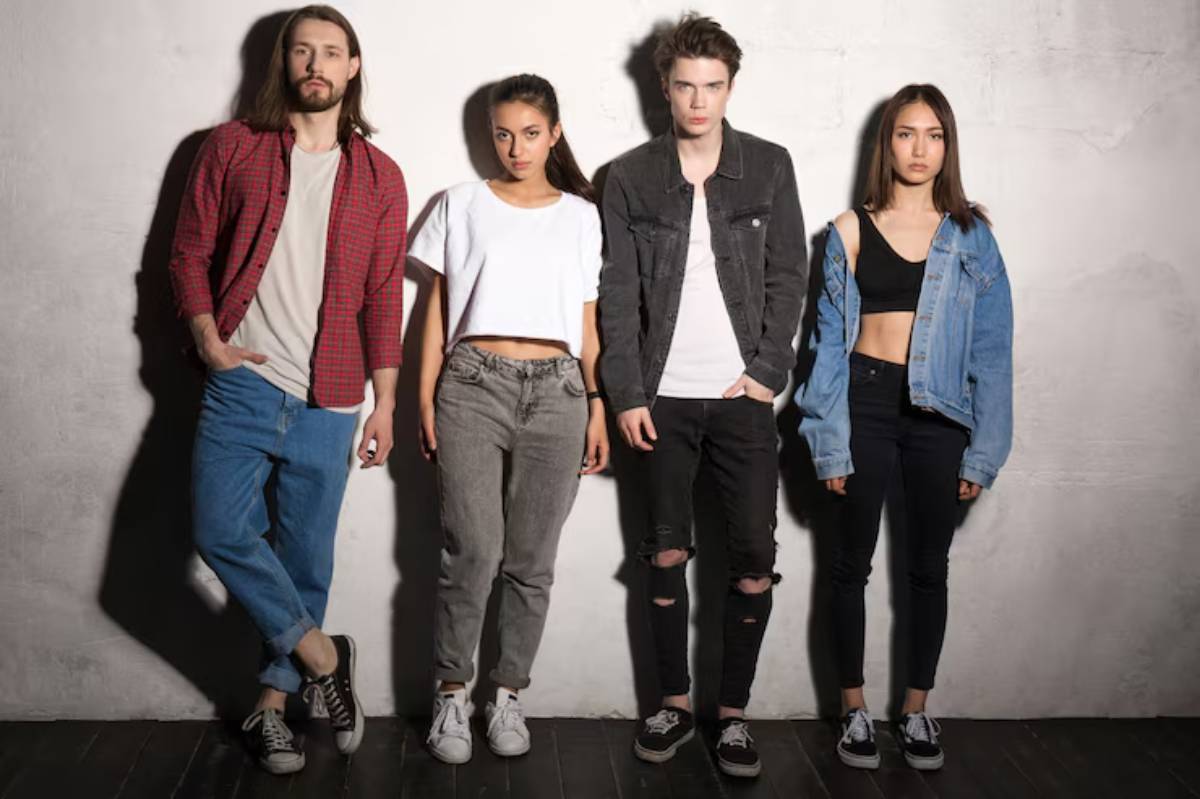
Smart and Sustainable Uniform Basics
For schools with uniforms, there are still ways to keep things eco-friendly.
Some ethical brands now offer:
- Organic cotton polo shirts
- Recycled blend blazers
- Non-toxic dyed trousers and skirts
Brands like EcoOutfitters and Kite Clothing provide excellent back-to-school staples that are both planet-friendly and school-approved.
Everyday Casuals for Non-Uniform Days
Non-uniform days are the perfect chance to let your child’s personal style shine.
Try pairing:
- Graphic T-shirts from recycled cotton with slim-fit joggers
- Layered long-sleeve tops under dungarees or pinafores
- Unisex denim jackets made from upcycled fabrics
These combinations are comfortable, fun, and practical for active school days.
Layering for Every Season
Sustainability often means buying less but using more.
Invest in good-quality layers:
- Cardigans made from organic wool
- Packable jackets from recycled materials
- Neutral hoodies that match everything
They’ll carry your child through multiple seasons and school years.
Accessories That Make a Difference
Footwear
Look for vegan shoes or those made with eco-tanned leather, recycled soles, or cork. Brands like Vivobarefoot Kids and Ethical Wares make child-friendly options that are sturdy and conscious.
Bags and Lunch Kits
Swap the plastic-laden backpacks and lunchboxes for:
- Canvas or rPET (recycled plastic) backpacks
- Stainless steel lunch containers
- Reusable water bottles and fabric snack wraps
Choosing green accessories helps reduce single-use plastic and supports a greener lifestyle for families.
Secondhand Is Still Sustainable (and Stylish)
Buying new isn’t the only way to refresh a school wardrobe. Pre-loved clothing can be just as stylish—and far more affordable.
Explore platforms like:
- Thrift+
- Vinted
- eBay
- Facebook Marketplace
You might even host a mini swap at your school or within your parent group to trade uniforms or shoes.
If you’re not sure how to get started, learn how to host a community clothing swap and turn your sustainability goals into a fun event.
Involve Your Child in Sustainable Choices
Empower Them to Decide
Letting your child help choose their clothes gives them a sense of ownership and builds confidence. Talk to them about why you’re picking certain fabrics or buying secondhand.
Ask questions like:
- “Which one do you think will last longer?”
- “What colours go with more outfits?”
- “Would you like to upcycle your old shirt into something new?”
This approach helps instil early values and shows that sustainability is a family journey.
Use DIY to Add Personal Style
Sustainability doesn’t have to mean bland. If your child feels like eco-friendly fashion lacks flair,
try:
- Adding iron-on patches to plain jumpers
- Customising backpacks with fabric paints or pins
- Stitching on a label or monogram for uniqueness
DIY projects are a creative and affordable way to extend garment life and bond with your child.
If you’re into crafting, you might enjoy exploring how to upcycle kids’ clothes as they grow for inspiration.
Tips for Maintaining a Sustainable School Wardrobe
Even the best outfit can fall apart if not cared for properly.
Follow these habits to keep clothes looking their best:
- Wash on cold and air-dry to save energy and preserve fabric quality
- Use gentle detergents free from harsh chemicals
- Teach kids to fold or hang their clothes instead of tossing them on the floor
- Repair small rips or stains before they get worse
Encouraging children to care for their things builds respect for their belongings and reinforces sustainable values.
The Real Cost of Cheap School Clothes
Fast fashion schoolwear may seem like a bargain upfront, but its true cost often appears later:
- Garments wear out faster and need replacing
- Lower quality means reduced comfort
- Manufacturing may involve underpaid labour or environmental damage
In contrast, investing in sustainable options offers:
- Longer lifespan
- Higher comfort levels
- Peace of mind
When viewed over time, eco-friendly clothing often proves to be more cost-effective.
Conclusion: School Outfits That Are Stylish and Sustainable
Dressing your child for school doesn’t have to be a stressful or wasteful experience. With so many thoughtful, planet-friendly options now available, creating a wardrobe of stylish and sustainable school outfits is well within reach.
By choosing back-to-school green clothes, involving your child in decisions, and embracing quality over quantity, you’re not just preparing them for the school year—you’re preparing them for life.
So the next time you’re filling that uniform checklist or eyeing up yet another pair of play trousers, pause.
Ask yourself:
Can we do this differently? Can we do this better?
Because yes, you can—and the planet (and your child’s future) will thank you.
